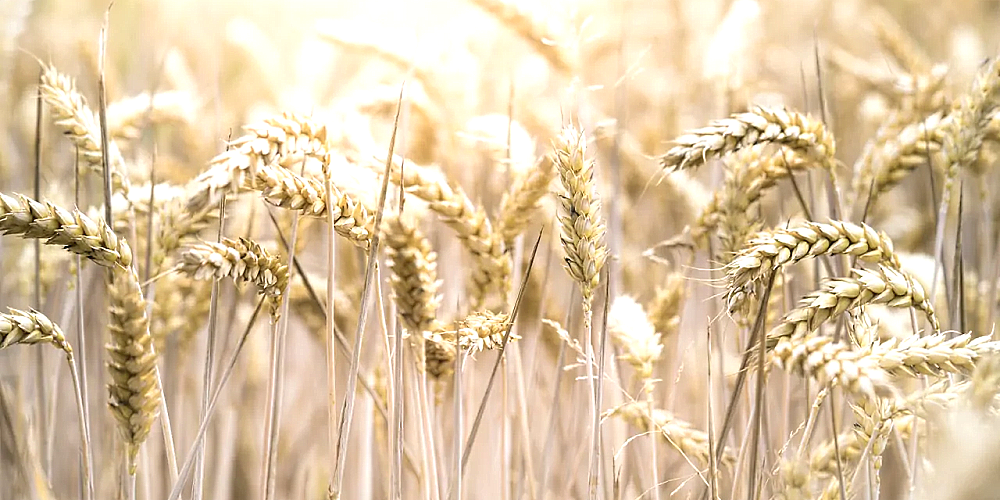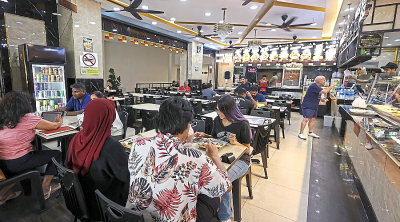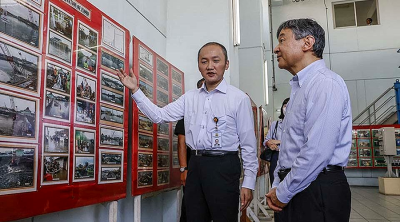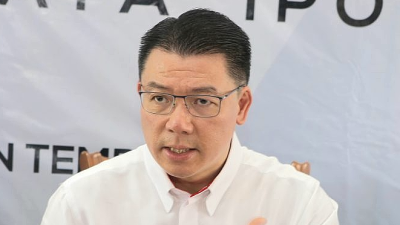
On the wheat fields of the country, the connection between nature’s forces and human resilience takes centre-stage.
A saga unfolds against a backdrop of dwindling soil moisture, sub-par monsoon rains, and the impending spectre of El Niño, leaving farmers grappling with tough decisions and the nation on the brink of a pivotal agricultural juncture.
Wheat, often considered the backbone of India’s agrarian landscape, is facing an unexpected challenge.
The stark reality of lower soil moisture has prompted a significant shift in planting dynamics.
While some northern states maintain their steadfast dedication to wheat, others, particularly in the central regions like Madhya Pradesh, are opting for alternative crops that demand less from the water table.
The decision to transition from wheat to crops like chickpea and sorghum is not merely a strategic choice but a survival mechanism for farmers in states like MP and Maharashtra.
With wells nearly dried up, the choice to sow a less water-intensive crop becomes not just economic but existential.
It is a poignant reminder of the delicate balance farmers must strike between tradition and adaptation, as climate change alters the rules of the age-old farming game.
Statistics paint a picture of this evolving landscape. Wheat planting has seen a dip of almost 5.5 percent from the previous year, reflecting the pragmatic choices made by those who toil in the fields.
In Madhya Pradesh, the heart of the wheat belt, a potential 10 percent reduction in wheat-growing areas speaks volumes about the challenges faced by farmers who are forced to diversify to ensure their livelihoods.
The concern does not end at the farm gate. It reverberates through the markets and potentially onto the global stage.
The rally in wheat prices to near record highs is a symptom of the delicate equilibrium between supply and demand. India, the world’s second-largest wheat producer, finds itself at the cusp of a conundrum.
Will it maintain its wheat export ban, or will the spectre of imports become a reality? The vagaries of climate change add an extra layer of complexity.
The El Niño weather pattern, lurking on the horizon, threatens higher-than-normal temperatures during the critical wheat growing period.
This not only jeopardises yields but also casts a shadow over the livelihoods of those who depend on the success of winter-sown crops.
Amidst these challenges, the government’s decision to raise the wheat purchase price is a beacon of hope for farmers.
However, it is a delicate balance between policy and nature and also between the aspirations of a growing nation and the unpredictable whims of weather patterns.
India’s self-sufficiency in grain production is a source of pride, but it comes with a responsibility to navigate these uncharted waters carefully.
With wheat stocks standing significantly below the five-year average, the prospect of importing wheat looms large, a scenario that seemed unlikely not so long ago.
ADVERTISEMENT
ADVERTISEMENT








































